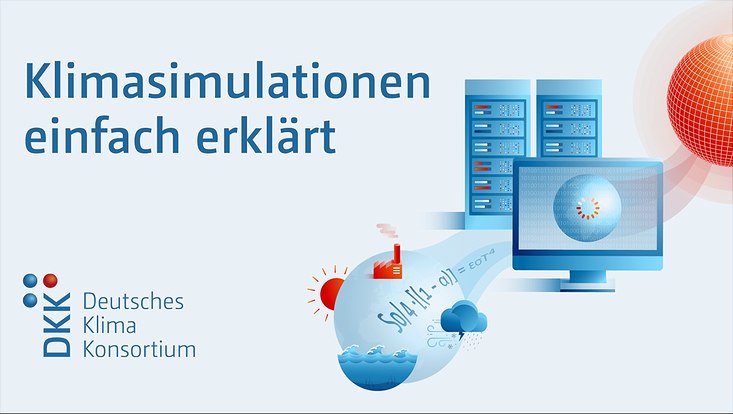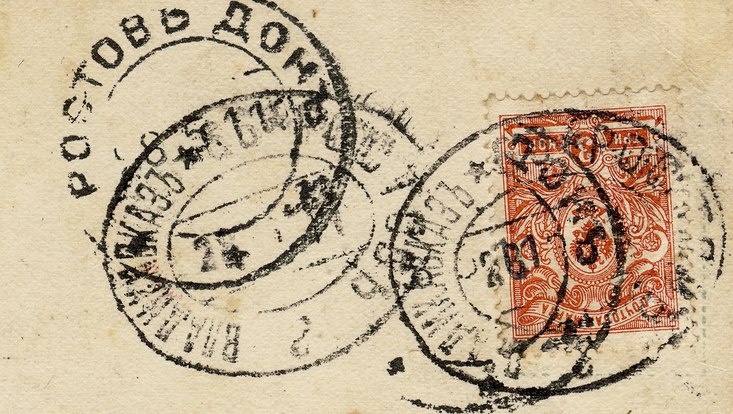Society Research
Deutsches Klima-Konsortium expains:How climate modelling works
22 June 2021, by CSS

Photo: Deutsches Klima-Konsortium | www.klimasimulationen.de
Climate neutrality is the goal and the discussions about how to get there are in full swing. To achieve it, profound changes are necessary. Climate simulations show why this is important. Without them, climate policy is poking around in the dark. The Deutsche Klima-Konsortium explains how climate models work and why they are reliable on their new website www.klimasimulationen.de [in German].
Germany wants to become climate-neutral by 2045, according to the new Climate Protection Act. The EU wants to emit at least 55 percent less greenhouse gases by 2030, and in July a whole bundle of measures will be adopted to achieve this. The basis for these political decisions and the implementation of effective measures is based on the findings of climate research. "Climate models clearly show the connection between greenhouse gas emissions by mankind and global warming," says Professor Mojib Latif, the initiator of the new website. "As researchers, it is important for us to emphasise that our projections on climate change are not based on speculation, but on scientific laws. That's why every climate protection measure is only worth as much as its specific contribution to a rapid reduction of greenhouse gases. As we all know, physics is not negotiable," Latif continues.
How are climate models developed and applied? What can we say with the help of climate models, and what can we not say? These and more questions are answered by the first contribution on the topic on the new website of the DKK. Three experts in climate simulations - Professor Mojib Latif, Professor Gerrit Lohmann and Dr Johann Jungclaus - explain the basic principles of climate modelling in simple terms.
In August 2021, the new report of the Intergovernmental Panel on Climate Change (IPCC) will be published. Climate models play a decisive role in it. The DKK has launched this website to help people better understand their significance. Shortly after the publication of the IPCC report, a second article will deal specifically with the new results.


